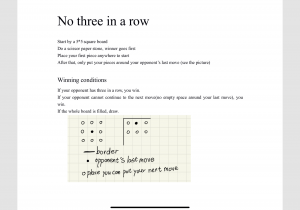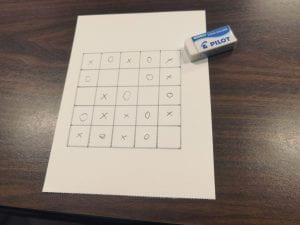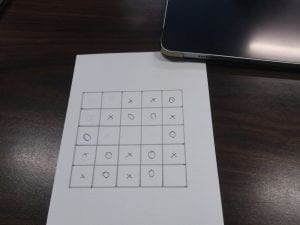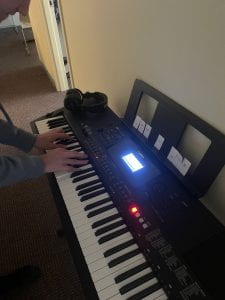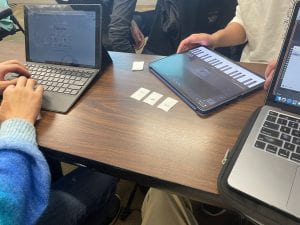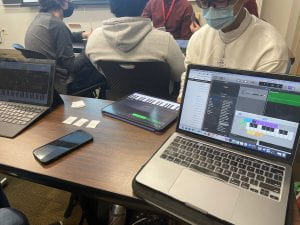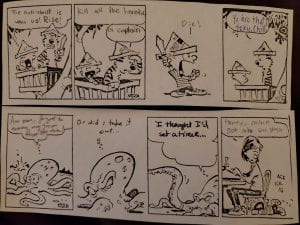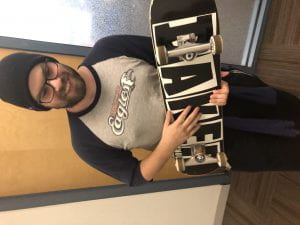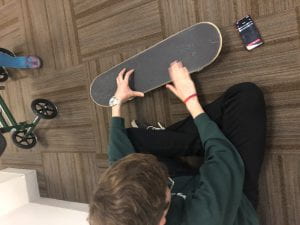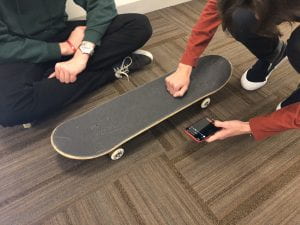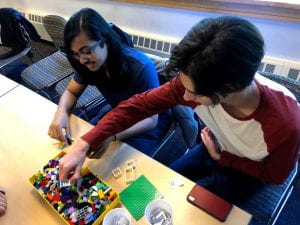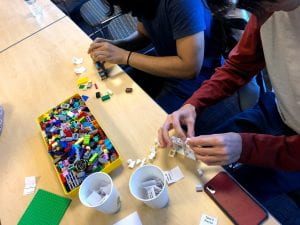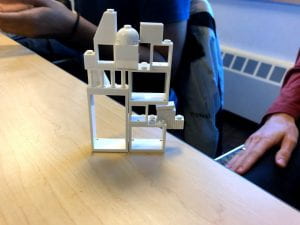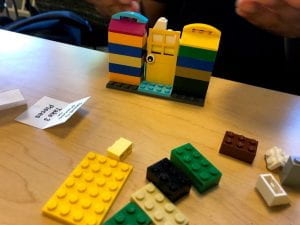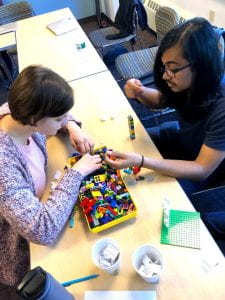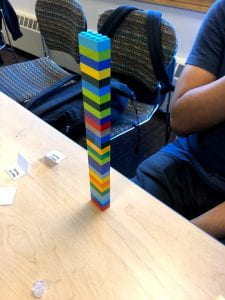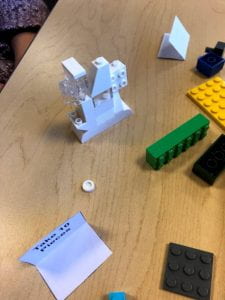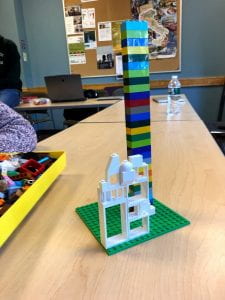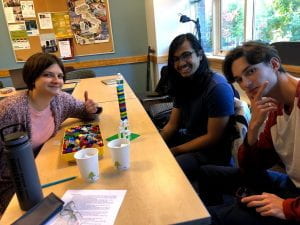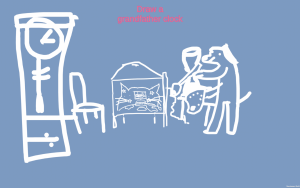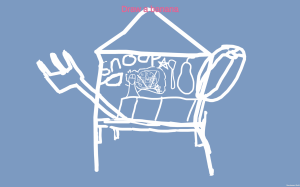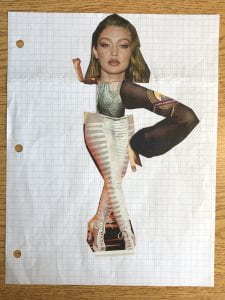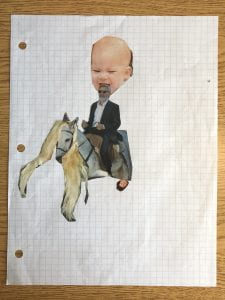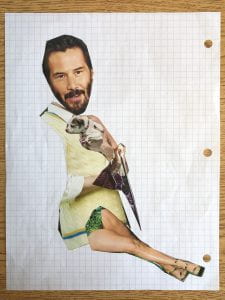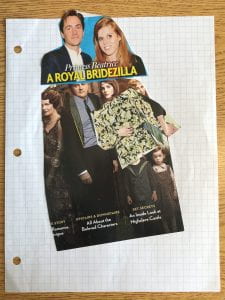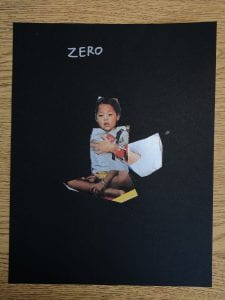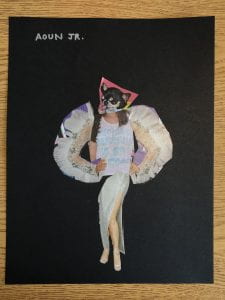This game was first inspired by Yoko Ono’s white chess. After seeing this work, I wanted to start with a board game, so I chose to learn from the simplest tic tac toe game. On the other hand, due to the central idea of “anti-art” of dada doctrine, I decided to make some reverse modifications to the core game mechanism of tic tac toe – but the finished product will still be a game, just as dada art is still art.
First, I expanded the chessboard from 3 * 3 to 5 * 5. The reason why tic tac toe is an easy and fast game is largely due to the size limit of the chessboard, and I want players to spend more time “hesitating”. Secondly, I modified the two core mechanisms of the game: how to proceed to the next step and how to win. In the process of the game, players should not only think about their next step but also think about how the other party will take the next step. The key is not how to control your own actions, but how to control your opponent’s actions. Finally, in the traditional tic tac toe, three in a row means victory, but in this game, it means failure. I think this is the most interesting part and can also bring the most novel experience to players: everyone will find ways to avoid the victory means they are used to.
